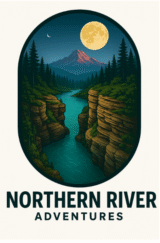From towering glaciers and rugged coastlines to moss-draped rainforests and alpine meadows, Olympic National Park in Washington State is a rare natural gem that packs nearly every ecosystem into one massive, awe-inspiring expanse. Designated a UNESCO World Heritage Site and International Biosphere Reserve, this 1,400-square-mile park is a bucket list destination for outdoor lovers of all kinds.
In this comprehensive guide, you’ll learn everything you need to know to plan a visit — whether you’re into hiking, wildlife watching, backcountry camping, tidepool exploring, photography, or just soaking in nature’s raw beauty.
Olympic National Park isn’t just one park — it’s many worlds in one.
🌍 What Makes Olympic National Park Unique?
Olympic National Park is home to three major ecosystems:
- Glaciated mountains and alpine ridges
- Temperate rainforests (some of the only ones in the continental U.S.)
- Pacific coastline with sea stacks, tide pools, and remote beaches
Because of this diversity, the park offers four-season access to different environments and activities. One day, you could be walking among ancient Sitka spruce dripping with moss in the Hoh Rainforest, and the next, summiting a snowy ridge above crystal-clear glacial lakes.
In addition to its landscape, the park is known for its seclusion and wildness. Nearly 95% of the park is designated wilderness, meaning no roads, no buildings — just nature in its purest form.
📍 Where Is Olympic National Park Located?
Located in northwestern Washington State on the Olympic Peninsula, the park is about 2–3 hours by car or ferry from Seattle.
The region is bordered by:
- Pacific Ocean to the west
- Strait of Juan de Fuca to the north
- Puget Sound to the east
Major towns near park entrances include Port Angeles, Forks, and Sequim. Each offers access to different parts of the park, so planning your route matters.
🧭 Best Time to Visit Olympic National Park
Olympic is open year-round, but your experience will vary drastically depending on the season and area:
☀️ Summer (June–September)
- Warmest, driest months
- Ideal for hiking, camping, beach walks
- All park roads and facilities are usually open
🍂 Fall (October–November)
- Autumn colors in alpine and forest zones
- Thinner crowds
- Rain begins to return
❄️ Winter (December–March)
- Best time to avoid crowds
- Snow at higher elevations
- Great for storm watching on the coast
🌸 Spring (April–May)
- Wildflowers bloom in alpine meadows
- Waterfalls are roaring
- Rainforest is lush and vibrant
🥾 Top Places to Explore in Olympic National Park
1. Hoh Rainforest
One of the most famous rainforests in the U.S., the Hoh receives 140+ inches of rain per year. Its moss-draped trees and lush undergrowth make it feel like another planet.
- Must-do hike: Hall of Mosses Trail (0.8 miles)
- Longer hike: Hoh River Trail (up to 34 miles round trip)
2. Hurricane Ridge
This alpine area offers panoramic mountain views, wildflower meadows, and excellent wildlife sightings (marmots, black bears, deer).
- Access: Via Port Angeles
- Best for: Day hikes, snowshoeing in winter, stargazing
- Popular trails: Hurricane Hill Trail (3.2 miles round trip)
3. Rialto Beach & Hole-in-the-Wall
One of the most striking beaches in the park with dramatic sea stacks and tidepools.
- Best time: Low tide for tidepool access
- Hike: 3.3 miles round trip to Hole-in-the-Wall
4. Sol Duc Valley & Falls
An easy access point to waterfalls, hot springs, and deeper wilderness trails.
- Short hike: Sol Duc Falls Trail (1.6 miles round trip)
- Hot springs: Sol Duc Hot Springs Resort (seasonal)
5. Lake Crescent
A glacier-carved lake surrounded by old-growth forests.
- Activities: Kayaking, swimming, hiking
- Popular trail: Marymere Falls Trail (1.8 miles round trip)
6. Ozette Triangle
A loop trail combining forest, beach, and boardwalk paths.
- Route: Ozette to Cape Alava to Sand Point (9.4-mile loop)
- Best for: Coastal solitude, backpacking
7. Kalaloch & Ruby Beach
Family-friendly beaches with easy access and famous driftwood and sea stacks.
- Great for: Sunset photography, beachcombing
- Accessibility: Good for beginners and children
🐻 Wildlife You May Encounter
Olympic National Park has diverse and protected wildlife, including:
- Roosevelt elk
- Black bears
- Bald eagles
- Sea otters
- Mountain goats (less common now due to removal programs)
- Banana slugs in the rainforest
Remember: Keep your distance, don’t feed wildlife, and store food properly.
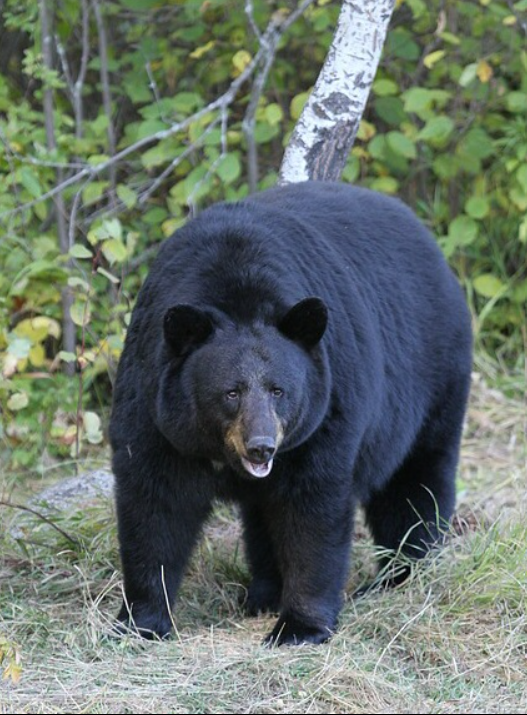
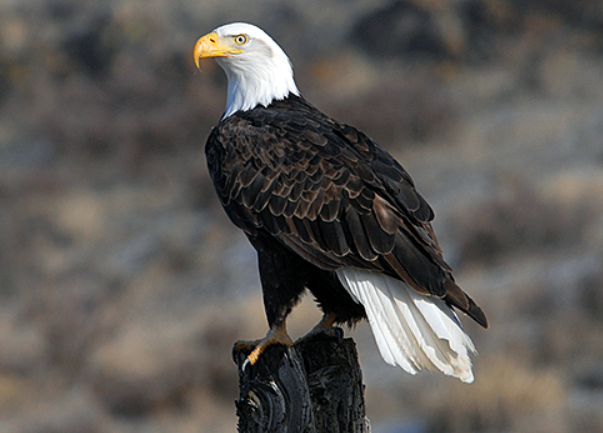
🏕️ Camping & Lodging Inside the Park
Campgrounds (First-Come, First-Served or Reserve Online):
- Kalaloch Campground (oceanfront views)
- Hoh Campground (rainforest immersion)
- Sol Duc Campground (near hot springs)
- Deer Park Campground (alpine ridge — rough access road)
Lodging:
- Lake Crescent Lodge
- Kalaloch Lodge
- Sol Duc Hot Springs Resort
- Nearby Airbnbs and cabins in Forks, Port Angeles, and Joyce
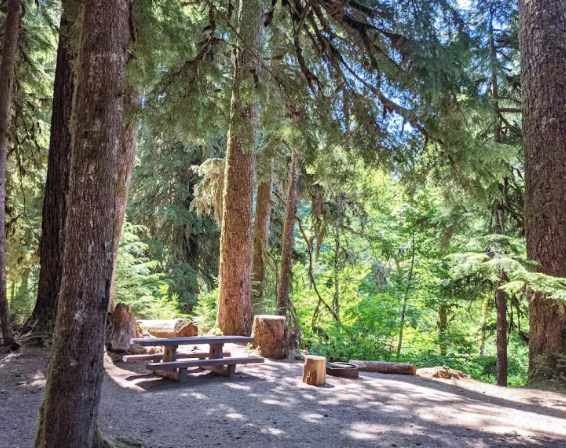
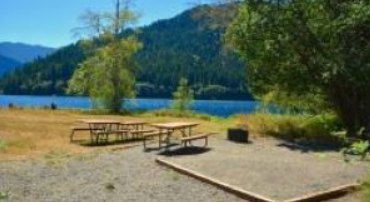
📸 Photography Tips
- Golden hour at Hurricane Ridge = stunning mountain silhouettes
- Low tide at Hole-in-the-Wall = unique sea creatures
- Foggy mornings in Hoh = dreamlike atmosphere
- Bring a tripod, wide-angle lens, and rain cover for your camera
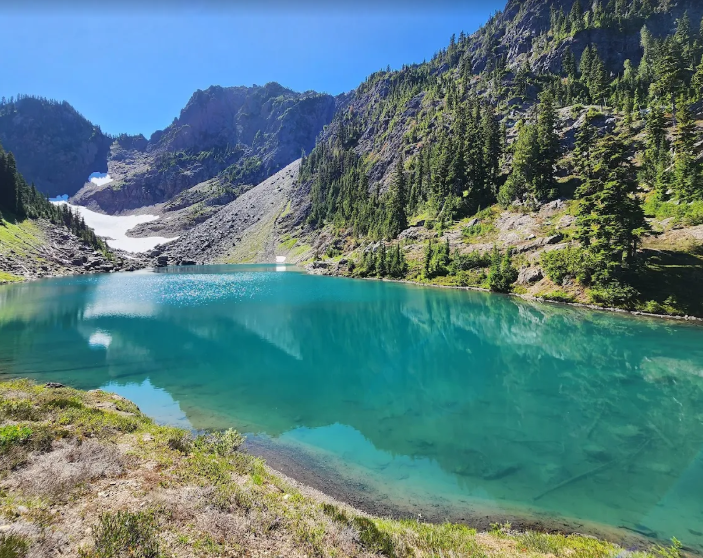
📥 Visitor Tips & Essentials
- Download offline maps — many areas lack signal
- Bring layers and waterproof clothing
- Carry bear spray if hiking in remote areas
- Tide charts are crucial for beach hikes
- National Park Pass required (or pay entrance fee per car)
- No dogs on most trails (except some beach and campground areas)
🧭 Sample 3-Day Itinerary
Day 1:
- Enter via Port Angeles
- Morning: Hike Hurricane Ridge
- Afternoon: Explore Lake Crescent & Marymere Falls
- Evening: Overnight at lodge or campground
Day 2:
- Morning: Drive to Hoh Rainforest
- Hike Hall of Mosses + short section of Hoh River Trail
- Evening: Head to Forks for dinner & overnight stay
Day 3:
- Morning: Low-tide hike to Hole-in-the-Wall
- Afternoon: Visit Kalaloch & Ruby Beach
- Evening: Drive back to Seattle or nearby town
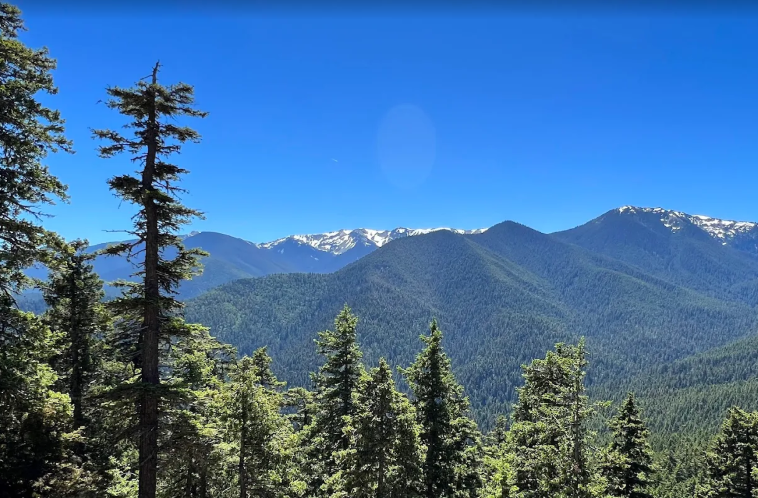
💡 Fun Facts About Olympic National Park
- It contains over 3,000 miles of rivers and streams
- Home to over 70 mammal species and 300+ bird species
- The park was established in 1938 thanks to President Franklin D. Roosevelt
- Olympic is one of the most biologically diverse parks in North America
- The Elwha River was recently restored after two dams were removed — one of the largest ecological restoration projects in U.S. history
🧡 Final Thoughts
Olympic National Park is more than just a destination — it’s a deep breath of wild air, a reminder of Earth’s majesty, and a sanctuary for the soul. With its sheer diversity of landscapes and solitude-filled corners, it offers a rare chance to reconnect with nature in ways many parks can’t match.
Whether you’re hiking to a mountain overlook, watching waves crash against ancient sea stacks, or standing silent among trees older than our cities, Olympic has a way of reminding you what truly matters.
So pack smart, respect the land, and most importantly — stay safe out there, adventurer.
📥 Subscribe to Northern River Adventures to receive new national park guides, trail maps, and outdoor planning tips delivered directly to your inbox.
📌 Pin or share this guide with fellow explorers — and start planning your Olympic adventure today.
